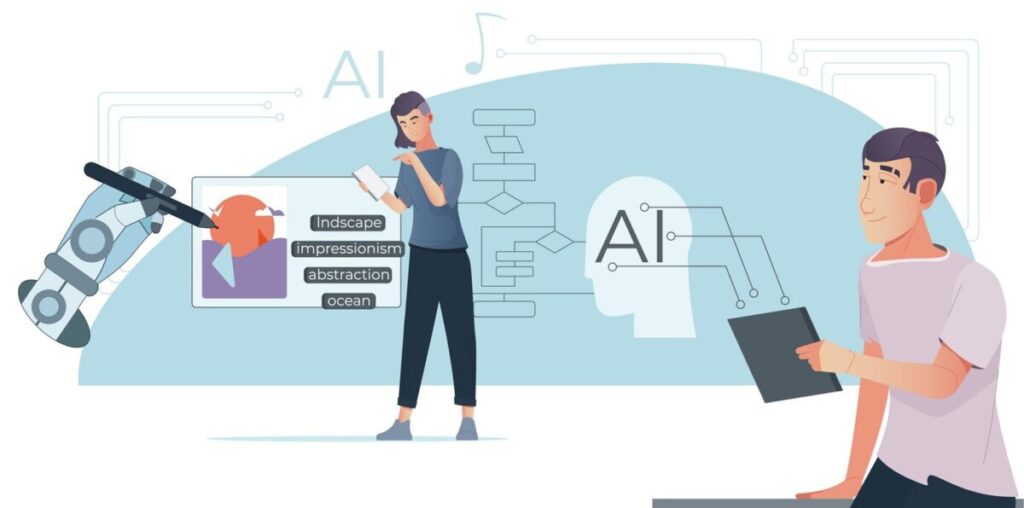
In today’s digital world, artificial intelligence (AI) has revolutionized how we write, research, and communicate. With tools that generate content in seconds, the rise of AI writing has been meteoric. But with this rise comes the need for moderation, authenticity, and ethical use. That’s where AI detection text systems step in — ensuring transparency in identifying whether content is human-written or AI-generated.
This article will explore what AI detection text means, how it works, its limitations, and how content creators can write authentically while using AI responsibly.
What Is AI Detection Text?
AI detection text refers to the analysis of digital content to determine if it was written by a human or generated using artificial intelligence. These detection tools scan sentence structure, grammar patterns, syntax complexity, and word predictability to identify machine-generated content.
As AI-generated writing becomes increasingly realistic, detection tools are essential to maintain trust, especially in academia, journalism, and digital marketing.
How Does AI Text Detection Work?
AI detectors use machine learning algorithms trained on vast datasets of human-written and AI-generated content. They analyze text based on various factors:
Perplexity: Measures how predictable a word is based on the previous text. Human writing tends to have higher perplexity.
Burstiness: Looks at the variation in sentence structure. Humans often write with varied sentence lengths and rhythms, whereas AI text tends to be more uniform.
Repetitiveness: AI content can be overly repetitive, especially with keywords or phrases.
Formality & Tone: Detectors check for unnatural tone shifts or excessive formality that might indicate AI involvement.
These tools then score or flag the text as likely human or AI-generated.

Why AI Detection Text Matters
Academic Integrity: Many educational institutions now use AI detectors to prevent students from submitting AI-generated essays as their own work.
Content Authenticity: Marketers, bloggers, and publishers need to ensure their content is genuinely valuable and not just auto-generated fluff.
Search Engine Rankings: Search engines may penalize websites for low-quality, purely AI-generated content, impacting visibility.
Ethical Communication: Transparency matters. Disguising AI content as human-written can mislead readers and damage credibility.
Limitations of AI Detection Tools
While AI detection text tools are helpful, they’re not flawless. Some key limitations include:
False Positives: Creative or grammatically unconventional human writing may be flagged as AI.
Evasion Techniques: Users can paraphrase or edit AI-generated text to bypass detection.
Language & Cultural Bias: Non-native English writing may be mistaken for AI output.
Evolving AI Models: As AI writing improves, detectors must constantly update to keep up.
For these reasons, AI detection results should be considered as guidance—not absolute truth.

How to Make AI Text More Human
If you’re using AI tools to generate drafts or ideas, it’s crucial to edit and humanize your content to pass AI detection text tools. Here’s how:
Inject Personal Experience: Add personal insights, stories, or opinions AI can’t replicate.
Vary Sentence Lengths: Break the rhythm of predictable AI sentence structure.
Use Colloquial Language: Include idioms or conversational phrases that feel natural.
Avoid Overuse of Keywords: AI tends to repeat keywords too frequently.
Revise the Structure: Change paragraphs or flow for a more human-like narrative.
These practices not only help bypass detection but also enhance reader engagement.
Responsible Use of AI in Content Creation
AI can be a powerful tool when used ethically. Instead of fully automating your writing, consider using AI for:
- Idea generation
- Draft outlines
- Grammar suggestions
- Research assistance
Always review and rewrite the final content to ensure originality and value. The goal should be to enhance creativity, not replace it.

Future of AI Detection Text
As AI writing tools evolve, so will AI detection systems. In the near future, we may see:
Advanced Detection Algorithms: More accurate detection using deep learning and semantic analysis.
Built-in Transparency Tools: Watermarking AI content at creation to identify its origin.
AI Writing Guidelines: Standard ethical rules and disclaimers for AI-aided content.
It’s clear that both AI writing and detection will play a major role in shaping digital content practices going forward.
In an era dominated by automation and artificial intelligence, the ability to identify and refine content through AI detection text is more important than ever. For creators, marketers, educators, and businesses, maintaining the human touch in content isn’t just ethical — it’s strategic. By understanding how detection tools work and using AI responsibly, we can create authentic, valuable content that truly connects with readers.
FAQs about The AI Detection Text
What is the most accurate AI detection tool?
Several tools exist, such as Originality.ai, ZeroGPT, and GPTZero. Accuracy can vary, so cross-checking is recommended.
Can human writers be flagged by AI detectors?
Yes. Complex or unconventional human writing can sometimes be misclassified, especially if it mimics AI patterns.
Is AI-generated content illegal or banned?
Not necessarily. However, in academic or professional settings, using AI without disclosure may be considered unethical.
How do I rewrite AI content to pass detection?
Paraphrase the structure, add original thoughts, diversify sentence length, and use a conversational tone.
Will AI detection become obsolete?
It’s unlikely. As AI evolves, so will the tools needed to detect and regulate its use. Detection may become more nuanced and integrated into platforms.

ремонт телевизоров тошиба в москве сервисный центр [url=https://remont-toshiba-tv-moskva.ru/]ремонт телевизоров toshiba[/url] – профессиональный ремонт с гарантией качества.